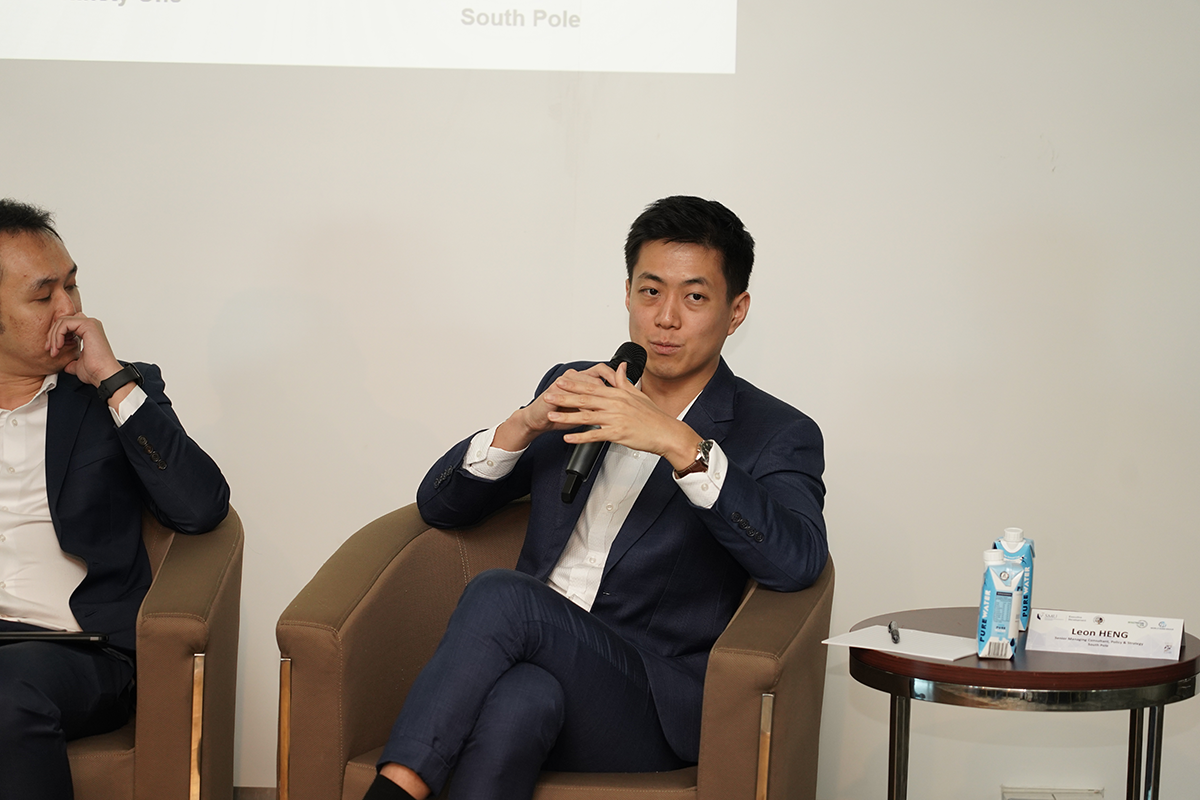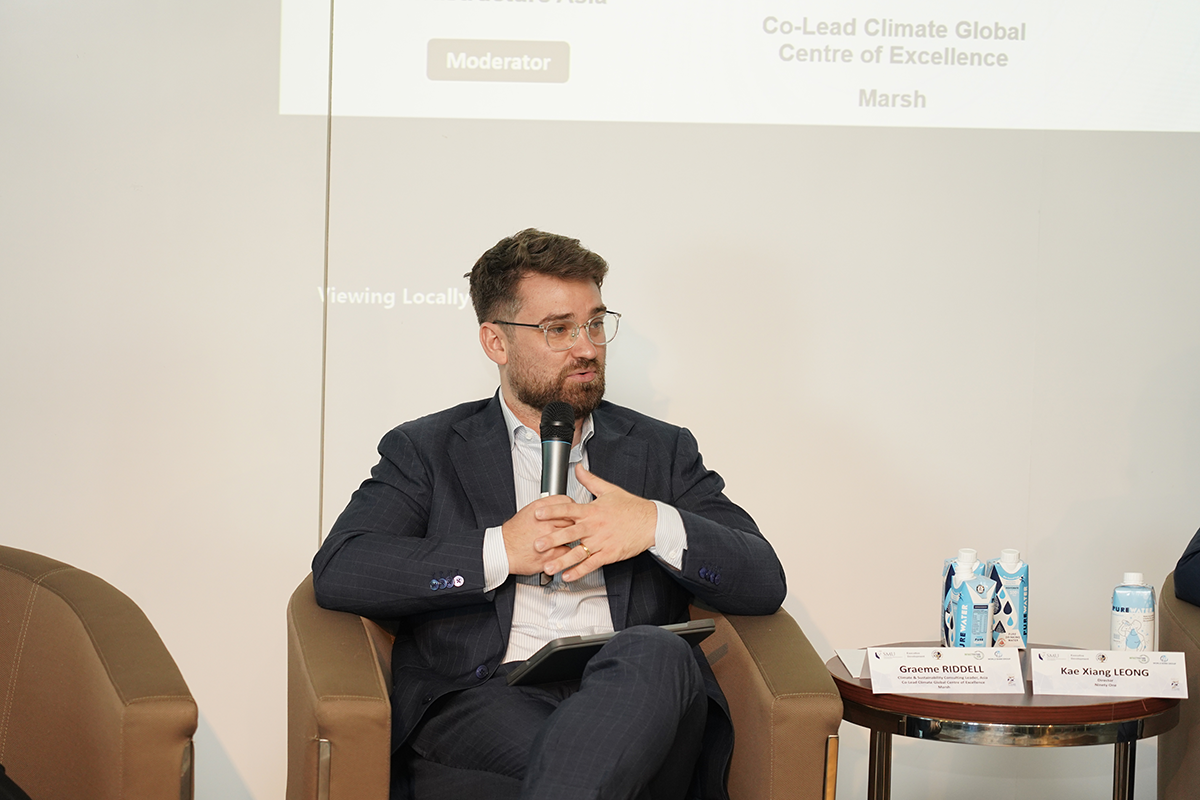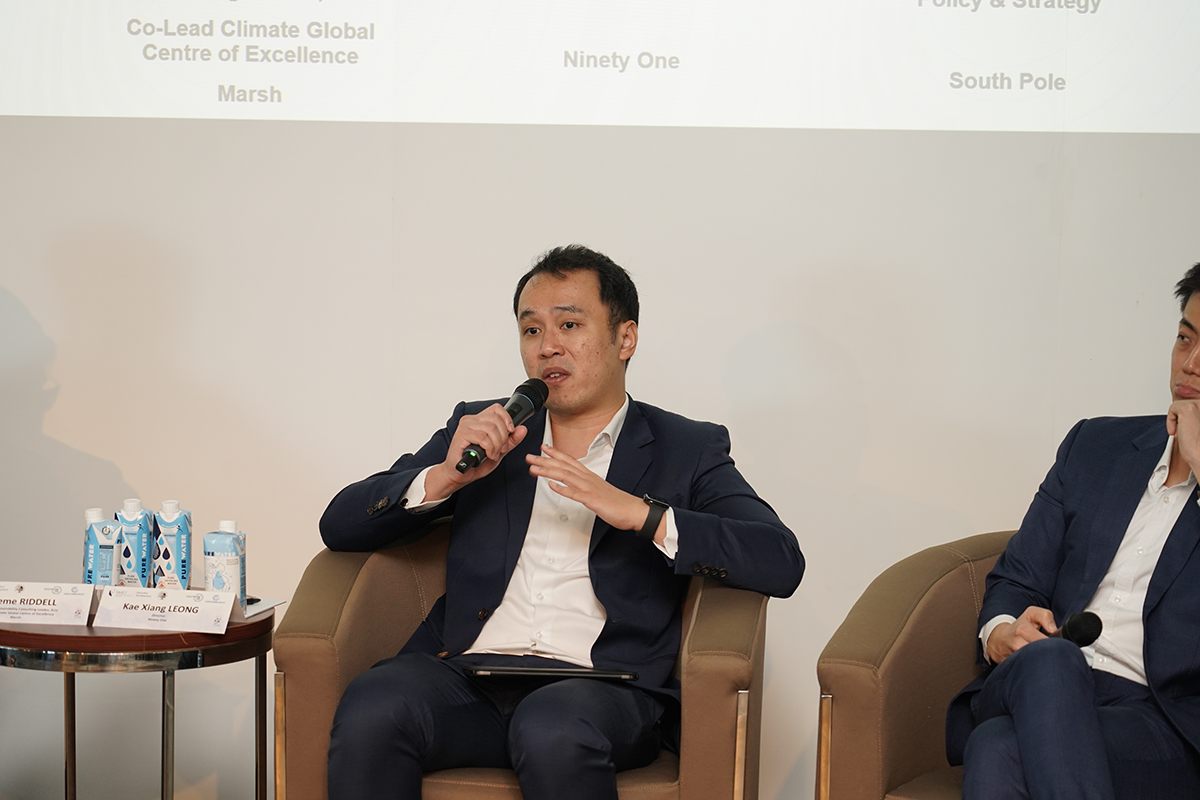
Innovative financing mechanisms are reshaping how infrastructure projects in Asia can be de-risked, attract private capital, and build greater resilience in the face of climate, market, and operational uncertainties.
These insights were from the recent Growing Infrastructure Course (September 2025 Intake), which featured input from leading industry practitioners from Marsh, Ninety One, and South Pole, highlight actionable pathways to accelerate Asia’s sustainable infrastructure journey.
1. Carbon Markets: Shifting the Frontier of Decarbonisation

Carbon markets have historically enabled the financing of renewable energy and waste-to-energy projects by monetising emission reductions through carbon credits. These instruments made solar and waste-to-energy projects commercially viable in their infancy. However, as these sectors mature and attract commercial financing, the next frontier focuses on emerging, hard-to-abate sectors like green cement and coal decommissioning.
Innovative financing via carbon markets is now mobilising capital into projects that require higher risk tolerance and longer-term paybacks. For example, structured carbon credit agreements allow developers and investors to lock in future revenue streams, improving project bankability and attracting private investors. As highlighted by Leon Heng of South Pole, tailored carbon financing solutions are being crafted for nascent industrial decarbonisation projects and for the transition of legacy infrastructure, ensuring continued progress toward net-zero targets even in sectors not yet commercially mature.
Asia’s voluntary carbon markets also provide opportunities for multinational and regional corporates to participate in climate action and meet internal ESG goals. Strengthening these mechanisms further—by integrating robust standards, transparent reporting, and regional collaboration—will be critical to unlocking new capital flows and catalysing large-scale sector transitions.
2. Bespoke Risk Management and Parametric Insurance: Reducing Volatility and Boosting Bankability

With only 6.6% of Asian disaster losses covered by insurance, the region’s infrastructure faces significant financial exposure to natural hazards. Traditional insurance products often leave gaps due to slow payouts and coverage limitations. Bespoke products like parametric insurance, as emphasised by Graeme Riddell of Marsh, are game changers: they provide rapid, pre-agreed payouts triggered by objective parameters (e.g., rainfall, wind speed) rather than claims adjustment processes.
Parametric and blended insurance solutions help developers and asset owners reduce revenue volatility, manage force majeure risks, and align project risk profiles with investor expectations. They are increasingly embedded alongside innovative financing packages to de-risk projects for both sponsors and financiers. For example, blended solutions can be structured where a parametric payout covers operational losses during extreme weather events—allowing for more accurate cashflow projections, improved credit ratings, and thus easier access to long-tenor debt.
Collaboration between insurers, development banks, and governments is vital to scale these solutions. Capacity building programmes such as the Growing Infrastructure Course and the integration of climate analytics from advisory leaders like Marsh are equipping public and private stakeholders to navigate Asia’s evolving risk landscape and build resilient, future-ready assets.
3. Private Debt and Blended Finance: Unlocking Speed, Flexibility, and New Capital Pathways

Private debt financing is emerging as a vital complement to traditional commercial lending. As noted by Kae Xiang Leong of Ninety One, private credit funds and alternative lenders can move faster, structure flexible terms, and absorb higher risk than many commercial banks, making them instrumental in advancing complex and innovative infrastructure deals in emerging Asian markets.
Blended finance further amplifies this by crowding in institutional capital alongside concessional and public funding, aligning risk-return appetites and allowing projects to secure tenors, currencies, and risk-sharing arrangements tailored to local project dynamics. Financing solutions offered by Ninety One demonstrate how blended finance can catalyse infrastructure development, and prime the market for scale-up. Once confidence and track records are established, these demonstration projects often graduate to self-sustaining commercial investments.
A critical success factor is the partnership approach—regional governments, DFIs, and financiers must collaborate to create enabling policy environments, robust project pipelines, and capacity-building platforms. Structured innovations now enable capital mobilisation for next-generation infrastructure projects, from e-mobility to waste management, setting benchmarks and accelerating Asia’s low-carbon transition.
The Conclusion
By aligning risk, return, and sustainability through innovative financing, Asia is unlocking robust and resilient pathways for funding infrastructure at scale. Strategic adoption of carbon markets, parametric risk solutions, and blended private capital channels will drive the region's transition towards sustainable and resilient growth.
Interested to learn more about how you can finance and build sustainable infrastructure?
Check out the Growing Infrastructure Course, jointly designed and delivered by SMU Executive Development, Infrastructure Asia and The World Bank Group.